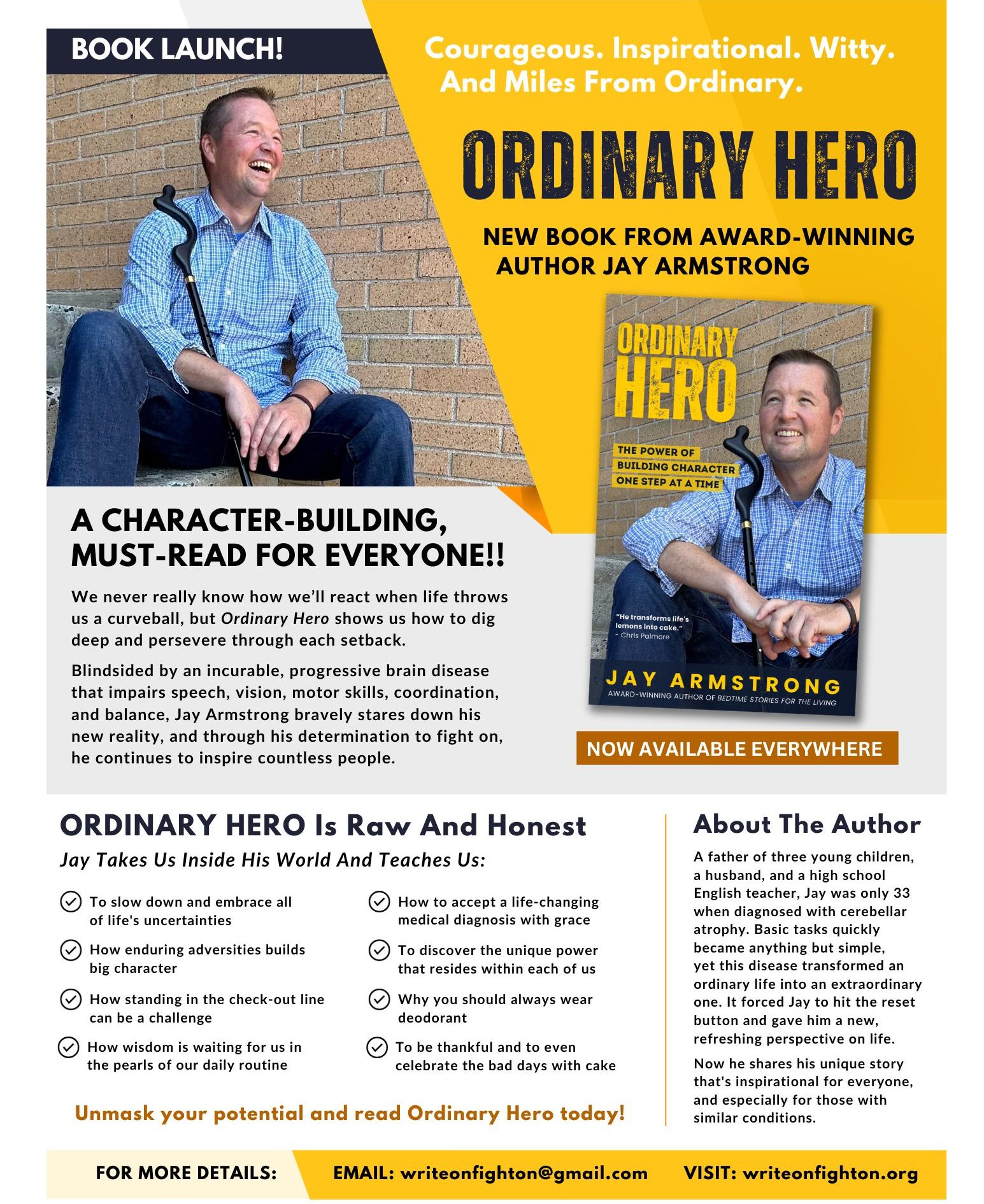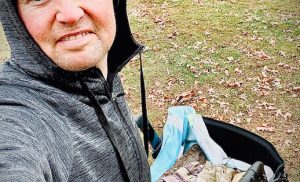Using Your Pain to Tell Your Story: When Students Teach Teachers
This week’s post is a slight detour from my month-long research and writing about chronic illness. Next week will be the final installment on chronic illness.
Even though Dina, the girl who always wore sleeves, has been a student in my class since September, I really meet her for the first time last week on a cold, January morning.
On January 18th I facilitated my 5th Write-a-Thon for my students. The Write-a-Thon is a voluntary, two-hour writing event where students are allowed to write on any topic, in any genre they wish.
It’s an event designed to encourage teenagers to express themselves, discover their voice and tell their story in a welcoming, enjoyable environment free of the judgments and the awkwardness that define high school.

Halfway through the event, during the 15 minute intermission, I like to catch up with some of the students to see how they’re doing and hear what they’re writing about.
So I started a conversation with Dina. The girl who often came into class early, reading some YA title as she waited for me to start the day’s lesson. The girl who sat in the front row and sometimes traded smiles with Paul, who sat across the room, when the lesson became boring. The girl I hardly knew.
But when my conversation with Dina was over, I was left humbled and inspired and thankful I finally got to meet her.
Write about your pain
For a long time I believed that I hadn’t suffered enough to be a writer.
I was never a drug addict, never traversed the Iditarod Trail, never abducted by aliens.
I felt too pedestrian to be a writer.
As twisted and as selfish as it sounds,the writer in me secretly wished something bad would happen so I had some real material worth writing about.
As if living is not suffering enough.
Real writers, I thought, suffered romantically, cinematically. Their addictions and tribulations spawned our favorite books and movies.
I felt that until I suffered hard I would always be short on material.
Then something happened.
I got sick. And my sickness caused brain damage. And my brain damage stole my coordination and warped my vision. I was told I would spend my life in popping steroids to temper my chronic pain. I was told my I could lose my sight, my ability to speak at any time. I was told I was destined to suffer.
Congratulations– I, an average middle-class white kid from the sprawling lawns of suburbia, finally had something worth writing about.
A few days before the Write-a-Thon I read a personal narrative Dina wrote for a class assignment that made me want to talk to her.
So during the intermission I told her how much I enjoyed her writing. How her writing has a maturity, a grit and gravity that I rarely read in student writing. How I admired her ability to write so openly about her depression.
As the other students ate bagels and talked, Dina sat down in a chair alongside my desk. I remember it was unseasonably warm. I had my sleeves bunched about my elbows. But Dina’s sleeves were ringed around her wrists. Where they could usually be found.
I asked Dina if writing was an outlet for her. A place to go to find strength, to find peace.
She gave me a half smile, looked down and sat quietly. Then she held her index against the corner of her eye as if she was holding something in.
Then she took a deep breath, removed her finger, leveled her eyes into mine and let this out:
“I was taken from my mom when I was two. I’ve lived in seven different foster homes. I’ve seen a lot. Been through a lot. Which has made me a really distant, a really closed-off person. When things got bad I use to self-mutilate. You know, cut myself. But I write now. Writing takes the pain away. Writing is where I go when I want to cut myself.”
Where there’s a scar, there’s a story
Pain is a fine place to begin your writing. But you can’t end with pain. You must use your pain as a means of finding a higher purpose.
I cleared my throat, found my voice and asked Dina what her plans were after she graduated high school?
Without acknowledging the scars that run like railroad tracks underneath her sleeves, along the underside of her forearms, without considering the nights she was forced to sleep on a basement floor of drug infested foster house, without recalling the time she watched her one foster dad stab her one foster mom with a fork over and over and over again until the kitchen floor pooled with blood, she smiled and said, “I want to be a social worker. I want to help foster kids the way I wished somebody would have helped me”
When the students began the second writing session I felt embarrassed that it took me so long to meet Dina and hear her story.
At 17, Dina already believed in her pain. She knew it was the pain that helped her find purpose. And she knew it was her responsibility to tell her story, to share her pain so that others may find their own reasons to believe and that she could find the peace she was looking for.
As the students wrote, I began writing this story. Humbled and a bit unnerved that I, their teacher, had so much more to learn.
Be well,
Jay



